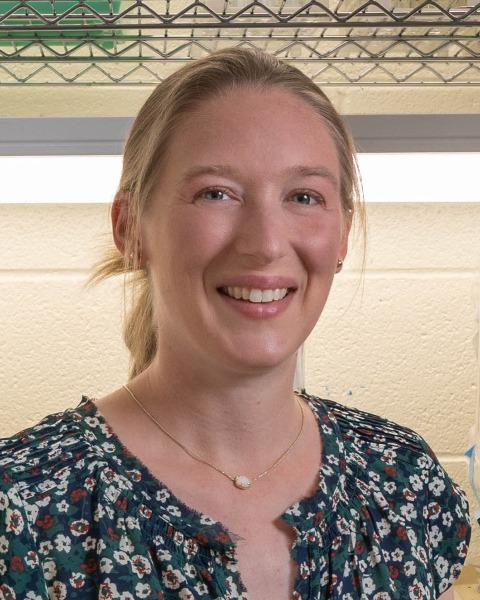Student Poster Display
Plant-Insect Ecosystems
Student
Student Competition
D3212: Using plant allelochemicals and microbiome characterization to investigate symbiont-mediated detoxification through developmental stages in a herbivorous beetle
.jpeg.jpg)
Tanner Dabbert
Undergraduate Researcher
University of Texas
Arlington, Texas- KM
Kaisy Martinez
University of Texas
Arlington, Texas 
Rachel C. Vargas (she/her/hers)
Ph.D. Student in Quantitative Biology
University of Texas
Arlington, Texas
Ben Bechade (he/him/his)
Postdoctoral Researcher
University of Texas
Arlington, Texas
Alison Ravenscraft (she/her/hers)
Assistant Professor
University of Texas
Arlington, Texas
Presenting Author(s)
Co-Author(s)
Insects and plants have coevolved over millions of years, with plants developing defensive toxins, and herbivorous insects using strategies to cope with toxin-rich diets. One of these strategies is to harbor detoxifying gut microbiomes, like Pantoea in flea beetles. It is still unclear how prevalent this strategy is in other common beetle pests specialized on other host plant chemistries. We first characterized the natural bacterial composition of the Colorado potato beetle (CPB), a Solanaceous plant specialist, and tested the hypothesis that with an unaltered microbiome, these beetles suffer from elevated levels of host plant toxins. Through amplicon sequencing we found that Pantoea and Enterobacter are the most abundant genera in CPB microbiomes, but in larvae, the abundance of Pantoea is reduced and they are commonly infected with Spiroplasma. When feeding both adult and larval CPBs artificial diets containing high concentrations of plant toxin (chlorogenic acid), we observed both stages experienced declines in weight and increased mortality when compared to no-toxin controls, with larvae being significantly more sensitive and adversely affected. This research shows that larvae, which harbor lower Pantoea abundance, are also more affected by toxins, suggesting that Pantoea may be involved in detoxification of allelochemicals in these species. Future work will directly test the effects of Pantoea and other gut bacteria on the beetles' fitness while consuming toxic diets.

.png)

